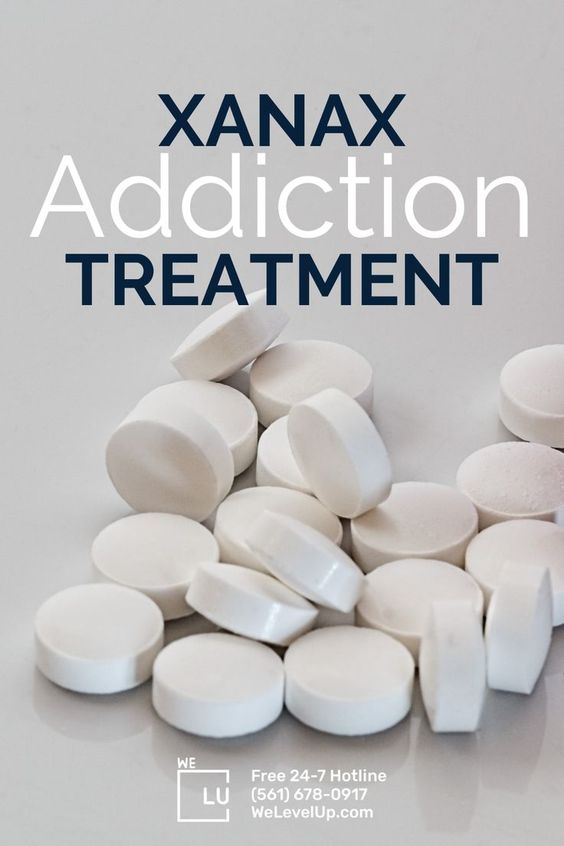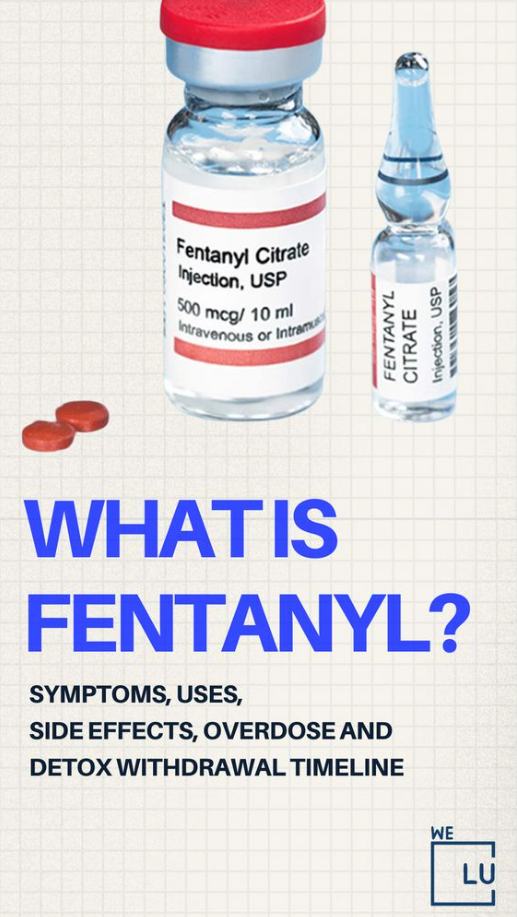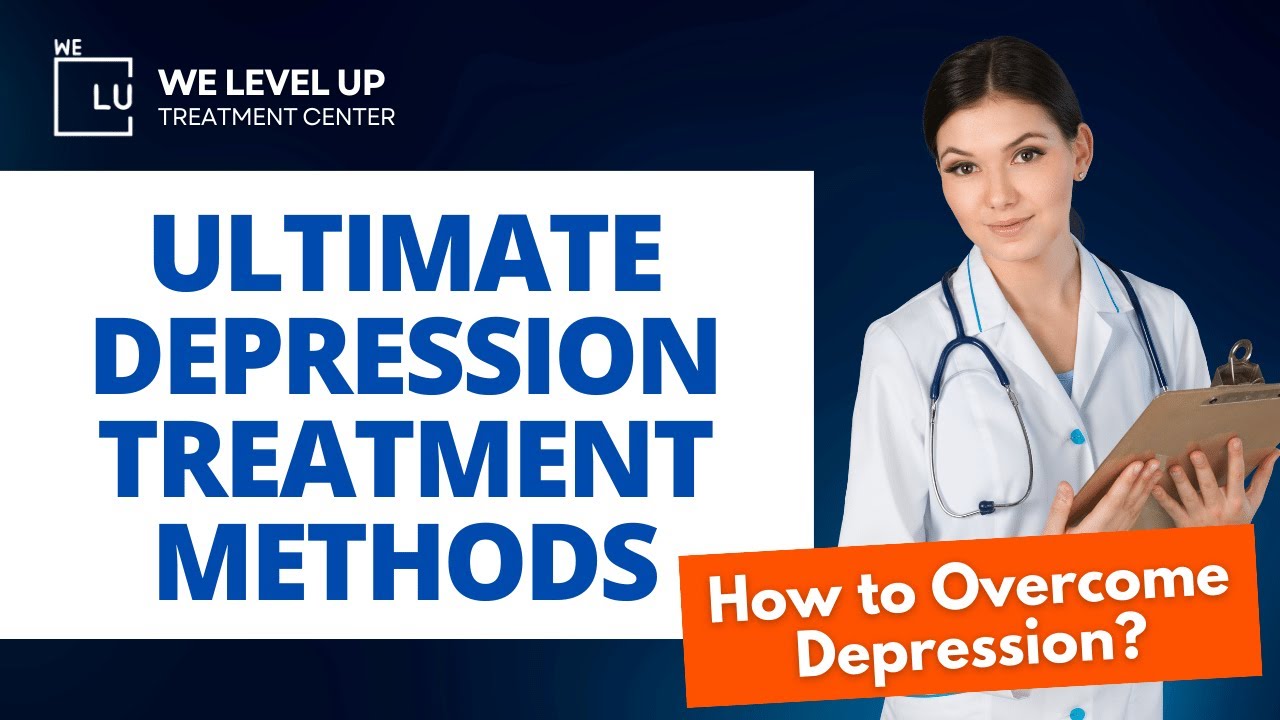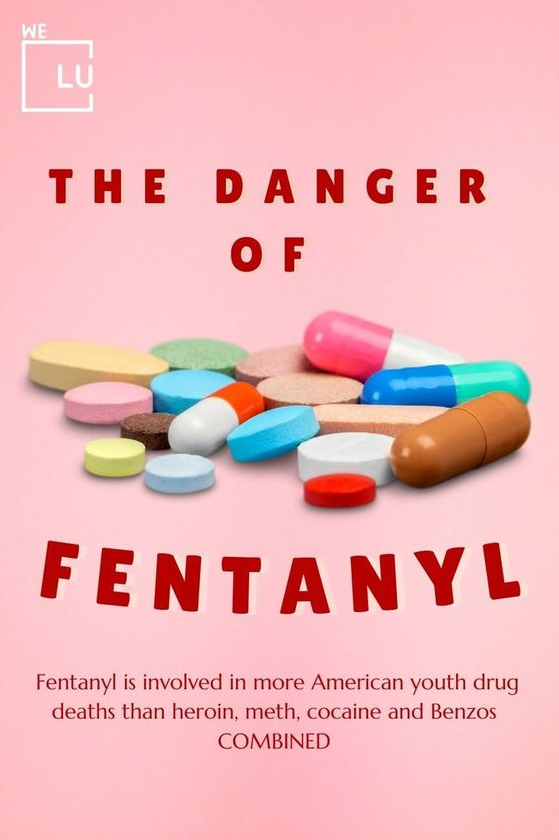When you get marijuana off the streets, it might be laced with fentanyl. This is sometimes done to cut the costs of marijuana while still allowing it to have a similar effect. It is nearly impossible to tell if your drugs have been laced with fentanyl. This is because you won’t be able to smell, see, or taste it. For those who purposely consume the substances together, fentanyl in weed might strengthen weed’s potency. It’s dangerous because it can lead to addiction or even overdose.
If you’re noticing signs of Fentanyl and weed addiction in your loved ones, We Level Up Treatment Centers are here to assist. Connect with our hotline specialists today to explore the range of support and accredited addiction and fentanyl detox treatment programs we provide.
What Is Fentanyl?
Fentanyl is a synthetic opioid that surpasses heroin’s strength by up to 50 times and is 100 times more potent than morphine.
Its illicit usage is strongly linked to a considerable number of opioid-related overdose fatalities. In illegal contexts, fentanyl is often blended with heroin or cocaine to intensify the euphoric effects, sometimes unbeknownst to the user.
In clinical settings, physicians turn to fentanyl when other pain-relief methods have proven ineffective, particularly after surgeries or during cancer treatment.
What Does Laced Mean?
Mixing substances involves two different processes: cutting and lacing, both with distinct differences.
Cutting a substance involves adding ingredients like corn starch, flour, baking soda, or chalk to stretch the product and increase the dealer’s sales. While these additives don’t change the high, they might reduce its effectiveness.
On the other hand, lacing a substance involves adding another illicit drug, often seen with fentanyl. This may be for profit or to modify the effects of the substance.
The common factor between cutting and lacing is that consumers typically remain unaware of any added substances in what they’re consuming.
How to Know if There is Fentanyl in Weed?
You can use test strips to check if marijuana has been laced with fentanyl. These affordable strips are available at local pharmacies, although the Centers for Disease Control and Prevention (CDC) note they’re not entirely reliable.
Follow these five steps provided by the CDC:
- Place a small amount of marijuana (about the size of a penny) in a clean, dry bowl.
- Add ½ teaspoon of water and mix.
- Dip the wavy end of the strip into the water for 15 seconds.
- Remove the strip and wait for 2 to 5 minutes.
- Check the results.
The test can show three outcomes: positive (a single line on the right side), negative (two lines), or invalid (a single line on the left side or no lines). As the accuracy isn’t guaranteed, the CDC advises caution. If you get a negative result, retest. For an invalid result, it’s recommended to conduct another test.
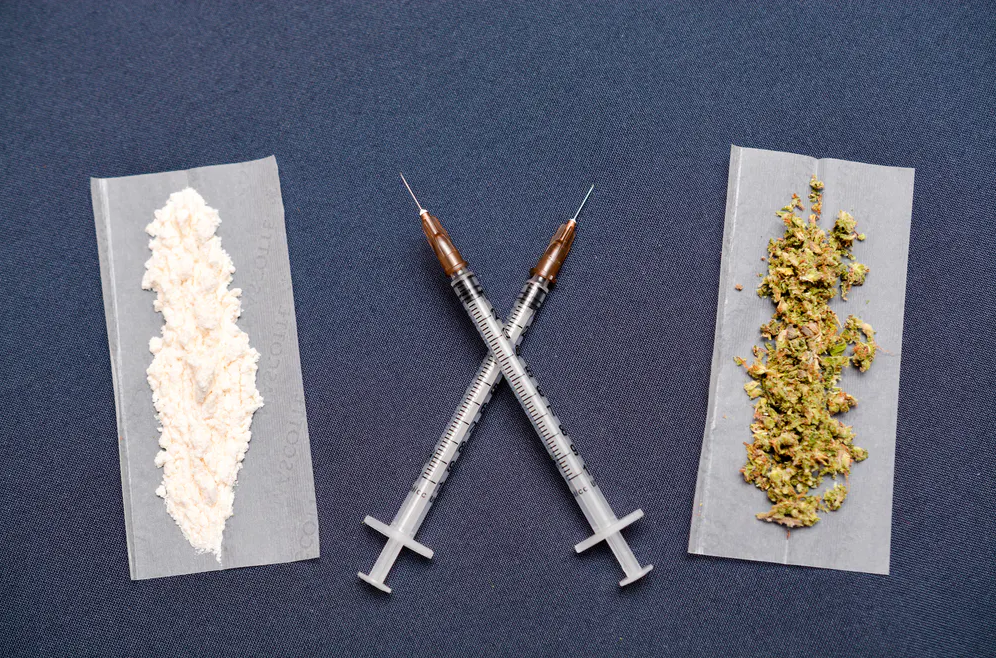
Skip To:
Learn More:
- Signs of Fentanyl Addiction, Withdrawal & Overdose Treatment
- How Strong is Fentanyl? Fentanyl vs Other Opioids
- Can You Smoke Fentanyl? The Dangers of Smoking and Snorting Fentanyl
- What Does Fentanyl Look Like?
- What Is Fentanyl?
- How Long Does Fentanyl Stay In Your System
- Fentanyl Withdrawal
- Opiate Withdrawal
- Opioid Withdrawal Timeline
- Opioid Withdrawal Symptoms
Get Help. Get Better. Get Your Life Back.
Searching for Accredited Drug and Alcohol Rehab Centers Near You? We Level Up Texas Is Opening Soon!
Even if you have failed previously and relapsed, or are in the middle of a difficult crisis, we stand ready to support you. Our trusted behavioral health specialists will not give up on you. When you feel ready or just want someone to speak to about therapy alternatives to change your life call us. Even if we cannot assist you, we will lead you to wherever you can get support. There is no obligation. Call our network hotline today.
FREE Addiction Hotline – Call 24/7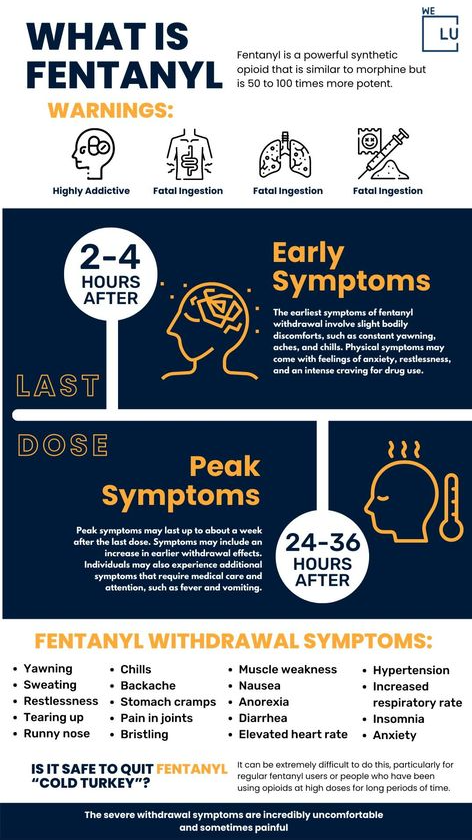
The Effects and Risks of Smoking Fentanyl Laced Weed
Smoking fentanyl-laced weed involves polysubstance use, combining two or more substances in your system at the same time. Fentanyl, a synthetic opioid, acts as a depressant, slowing down the body and inducing relaxation, sleep, and pain relief. Marijuana primarily acts as a depressant, but it can also have stimulating effects, altering perception and providing relaxation or energy boosts.
How Dangerous is Weed Laced With Fentanyl?
When two similar substances are mixed, the effects can be intensified, increasing the risk of an overdose. In the case of depressants like fentanyl and marijuana, excessive intake can dangerously slow breathing and heart rate.
The primary danger of fentanyl-laced weed arises from the lack of awareness about its presence. Users often don’t know they’ve ingested opioids, significantly raising the risk of an overdose. Fentanyl, being 50 times more potent than heroin, can lead to severe side effects if unknowingly consumed with marijuana.
An opioid overdose, especially due to fentanyl, can be fatal. Symptoms of a fentanyl overdose include pinpoint pupils, confusion, slurred speech, sudden fatigue or unconsciousness, slowed breathing and heart rate, or blue-tinted or clammy skin.
In case of an overdose, seek immediate medical help. The Good Samaritan Law protects individuals seeking medical assistance during an overdose. Having naloxone, an FDA-approved medication available over-the-counter, can help counteract opioid effects and potentially save a life by blocking opioid receptors in the brain.
Signs of Fentanyl Addiction
Fentanyl, an exceptionally potent synthetic opioid, surpasses morphine’s strength by about 100 times. While utilized in medical settings for severe pain relief and anesthesia, its misuse and addiction potential are alarmingly high, mainly when consumed in doses manufactured illicitly.
Consequently, fentanyl abuse presents a severe public health crisis, posing grave risks to those who use it. This drug can be ingested, snorted, injected, or smoked and is frequently combined with substances like heroin and cocaine, amplifying its dangers. Misuse of fentanyl significantly heightens the risk of overdose and death.
Recognizing the signs of fentanyl addiction is crucial in identifying individuals grappling with this condition. Common indicators of fentanyl addiction include:
- Significant disruptions in sleeping patterns or sleep disturbances.
- Unexpected or rapid weight loss.
- Decreased ability to concentrate or maintain focus.
- Slowed reflexes.
- Fluctuating moods, including depression or agitation.
- Intense cravings for fentanyl or other opioids.
- Strained personal relationships and social disengagement.
- Continued usage despite detrimental effects on physical health and mental stability.
Get Help. Get Better. Get Your Life Back.
Searching for Accredited Drug and Alcohol Rehab Centers Near You? We Level Up Texas Is Opening Soon!
Even if you have failed previously and relapsed, or are in the middle of a difficult crisis, we stand ready to support you. Our trusted behavioral health specialists will not give up on you. When you feel ready or just want someone to speak to about therapy alternatives to change your life call us. Even if we cannot assist you, we will lead you to wherever you can get support. There is no obligation. Call our network hotline today.
FREE Addiction Hotline – Call 24/7What to do if Someone Overdoses on Fentanyl
- Immediately contact medical emergency services (call 911).
- Refrain from attempting CPR or giving medications unless adequately trained.
- If the individual is breathing, place them on their side to prevent choking in case of vomiting.
- Trained responders can position the person in the standard recovery stance, ensuring open airways.
- Avoid giving any fluids; stay with the person and monitor their breathing until help arrives.
- Naloxone (brand name: Narcan), if available and administered by trained individuals, can potentially save a person’s life. Naloxone functions as an opioid antagonist, binding to brain opioid receptors, displacing any opioids present, and triggering an immediate withdrawal response. Swift administration of naloxone can avert a potentially fatal situation.

How Long Does it Take to Detox From Fentanyl?
The duration of fentanyl detoxification can vary from person to person, influenced by multiple factors such as dosage, frequency, and duration of use. The severity of symptoms during this process is highly individualized.
To manage withdrawal symptoms and cravings effectively, healthcare professionals may prescribe specific medications:
- Methadone: This opioid agonist targets brain receptors, similar to fentanyl, but doesn’t produce the euphoric effects. When used as directed, methadone can reduce cravings and alleviate withdrawal symptoms.
- Buprenorphine: Acting as a partial opioid agonist, buprenorphine attaches to the same brain receptors as fentanyl but with less activation. It helps in mitigating withdrawal symptoms and curbing cravings.
- Lofexidine Hydrochloride: Approved by the FDA in 2018, this non-opioid medication can reduce the intensity of withdrawal symptoms, aiding in the discontinuation of fentanyl.
Opening Soon! First-Class Facilities & Amenities
World-Class High-Quality Addiction & Mental Health Rehabilitation Treatment
Coming Soon! Rehab Centers TourRenowned Addiction Centers. Serene Private Facilities. Inpatient Rehab Programs Vary.
FREE Addiction Hotline – Call 24/7Proven recovery success experience, backed by a Team with History of:
- 15+ Years Experience
- 100s of 5-Star Reviews
- 10K+ Recovery Successes
- Low Patient to Therapist Ratio
- Onsite Medical Detox Center
- Comprehensive Dual-Diagnosis Treatment
- Complimentary Family & Alumni Programs
- Coaching, Recovery & Personal Development Events
The Significance of Seeking Treatment and Detox for Fentanyl
Seeking support is a pivotal step toward successful recovery from fentanyl addiction. Professional treatment centers play a crucial role by providing individuals with essential knowledge and resources and fostering healthy relationships through peer groups and activities. These centers often offer aftercare programs, aiding in maintaining a long-term sobriety plan. Treatment options range from inpatient and outpatient care to home detox programs, recognizing that each person’s path to recovery is unique. It’s essential to explore options to find the most suitable approach for oneself or a loved one.
Deciding to seek help for fentanyl addiction can be challenging, yet it holds the potential to save lives. With the right approach and adequate support, individuals can break free from addiction and regain control of their lives. For more insights into treatment options for fentanyl addiction, consulting a medical professional or reaching out to an addiction treatment facility is recommended. Taking this initial step toward recovery could be the most pivotal decision one makes.
Wherever one stands in their journey with fentanyl addiction, support and resources are accessible. Embracing help might unlock the door to a healthier, happier life. Don’t hesitate to reach out for assistance – it could be the catalyst for positive change.
Fentanyl Addiction Treatment
The path to recovery from fentanyl addiction may involve discomfort and challenges, but seeking treatment is essential for regaining control of life. There are various treatment avenues available to break the cycle of addiction and attain lasting recovery.
We offer a range of comprehensive treatment options tailored to address fentanyl addiction. It’s crucial not to delay seeking help and take a step towards recovery today. Let’s explore some of the addiction treatment alternatives provided by We Level Up Texas for fentanyl addiction:
1. Fentanyl Detoxification:
The initial stage of most addiction treatment protocols involves detoxification. Detox aims to rid the body of all substances, alleviating some of the severe withdrawal symptoms. While detox is a crucial step, it alone cannot address addiction entirely; however, it sets the groundwork for further treatment options.
2. Medication-Assisted Treatment:
Given the potency of fentanyl, certain medications like methadone and buprenorphine are sometimes incorporated into treatment plans. These medications act on the same brain opioid receptors as fentanyl, diminishing withdrawal symptoms and managing intense cravings. We conduct thorough evaluations to determine the suitability of medications as part of your treatment plan.
3. Therapeutic Interventions:
Therapy is a fundamental aspect of addiction treatment. Fentanyl addiction not only affects the body but also has profound mental and emotional repercussions. We Level Up Texas provides a diverse range of personalized therapy options tailored to your needs:
- Motivational Interviewing: A technique to inspire motivation and acceptance of positive change.
- Cognitive-Behavioral Therapy (CBT): A widely utilized approach targeting behavioral and thought pattern alterations, stress management, and trigger control.
- Group Therapy: A supportive environment for sharing experiences and connecting with individuals facing similar challenges.
These therapy options are just a few available and are selected based on individual needs. Our We Level, Up Texas team is committed to guiding you toward the most effective treatment plan tailored to your unique circumstances and preferences.
Why Choose We Level Up Treatment Centers?
At Level Up Treatment Center, our dedicated team of professionals is committed to guiding you through every step of your recovery journey. We prioritize your well-being and provide a nurturing environment conducive to healing and growth.
Take the first step towards recovery today. Contact us to begin your journey to a drug-free life. You don’t have to face addiction alone—we are here to help you reclaim control and achieve lasting sobriety.
Start a New Life
Begin with a free call to an addiction & behavioral health treatment advisor. Learn more about our dual-diagnosis programs. The We Level Up treatment center network delivers recovery programs that vary by each treatment facility. Call to learn more.
- Personalized Care
- Caring Accountable Staff
- World-class Amenities
- Licensed & Accredited
- Renowned w/ 100s 5-Star Reviews
We’ll Call You
How Long Do Opiates Stay in Your System?
Search We Level Up TX Signs of Fentanyl Detox Timeline, and Withdrawal Symptoms Treatment Topics & Resources
Sources
- National Institute on Drug Abuse. (2021). Fentanyl drug facts. Fentanyl in Weed, Fentanyl Laced Weed, Fentanyl in Marijuana, Weed Laced With Fentanyl – Related Articles
- Centers for Disease Control and Prevention. (2022). U.S. Overdose Deaths in 2021 Increased Half as Much as in 2020—But are Still Up 15%. Fentanyl in Weed, Fentanyl Laced Weed, Fentanyl in Marijuana, Weed Laced With Fentanyl – Related Articles
- Pergolizzi, J., Raffa, R., & Rosenblatt, M. (2020, January 27). Opioid withdrawal symptoms, a consequence of chronic opioid use and opioid use disorder: Current understanding and approaches to management. Journal of Clinical Pharmacy and Therapeutics, 45(5), 892-903. Fentanyl in Weed, Fentanyl Laced Weed, Fentanyl in Marijuana, Weed Laced With Fentanyl – Related Articles
- Besthoff, Len. “State Slow to Correct Fentanyl-Laced Cannabis Report.” NBC Connecticut, June 24, 2022. Fentanyl in Weed, Fentanyl Laced Weed, Fentanyl in Marijuana, Weed Laced With Fentanyl, fentanyl weed, can weed be laced with fentanyl, fentanyl laced marijuana – Related Articles
- Connecticut State Department of Public Health. “Officials From The Connecticut Overdose Response Strategy And The Department of Public Health Issue Warning About The Possible Dangers Of Marijuana With Fentanyl.” November 18, 2021.
- Harris, Shelbie. “Two arrested after teenager overdoses on fentanyl-laced marijuana in what police call dangerous local trend.” Idaho State Journal, April 14, 2022. Accessed July 13, 2022. Fentanyl in Weed, Fentanyl Laced Weed, Fentanyl in Marijuana, Weed Laced With Fentanyl – Related Articles
- U.S. Drug Enforcement Administration. “Fentanyl.” Fentanyl in Weed, Fentanyl Laced Weed, Fentanyl in Marijuana, Weed Laced With Fentanyl – Related Articles
- U.S. Drug Enforcement Administration. “Fentanyl Flow to the United States.” January 2020. Accessed July 18, 2022. Fentanyl in Weed, Fentanyl Laced Weed, Fentanyl in Marijuana, Weed Laced With Fentanyl – Related Articles
- National Harm Reduction Coalition. “Fentanyl.” Accessed July 13, 2022. Fentanyl in Weed, Fentanyl Laced Weed, Fentanyl in Marijuana, Weed Laced With Fentanyl – Related Articles
- United States Drug Enforcement Administration. “Facts About Fentanyl.” Fentanyl in Weed, Fentanyl Laced Weed, Fentanyl in Marijuana, Weed Laced With Fentanyl – Related Articles
- U.S. National Library of Medicine. “Fentanyl.” MedlinePlus, January 15, 2021. Accessed July 25, 2022.

